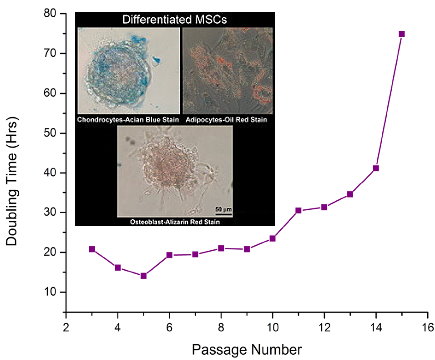I advertise our Primary Neurons and Astrocytes as being easy to culture, grow and maintain. We confirm this via the data/images our customers generously share and the many publications referencing use of the cells.
I would like to thank George Kenneth Todd (Patterson Lab at UC Davis) for these wonderful images of our e18 Primary Rat Hippocampal Neurons. These were taken at day 67!
Prior to staining, the cells were treated with Wnt5 for 2 min, then Wnt5 + Wnt3 for an additional 2 min during Calcium Imaging experiments. The cells were then fixed and stained for IP3R (green), Frizzled2 (blue), and B-Catenin (red), and the confocal images were captured at 10x. Notice the parallel neurites formation in image 3.
For staining culture options, check out our neuron-glial-astrocyte markers.
Scientists grow retina cells from skin-derived stem cells
-
WASHINGTON - University of Wisconsin-Madison researchers have successfully
grown multiple types of retina cells from two types of stem cells, giving
new ho...
16 years ago









